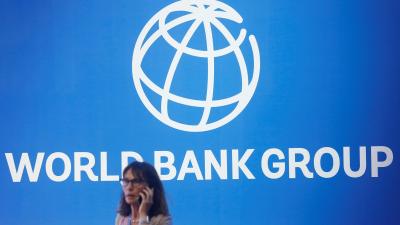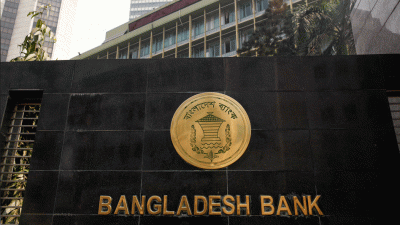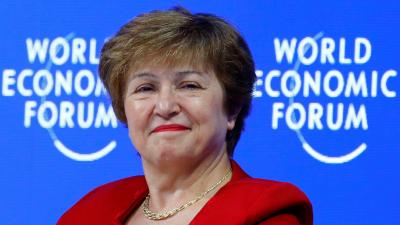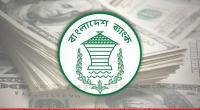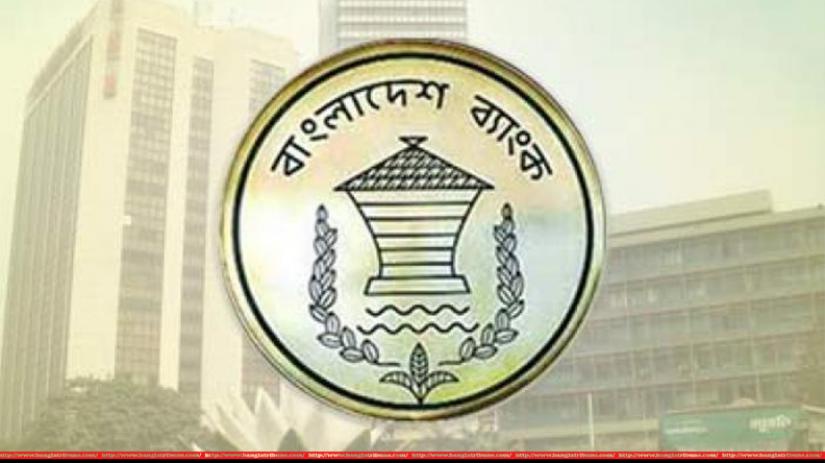 Imports have fallen with a slump in remittance inflow as well as in credit flow in the private sector coupled with stumbling revenue collection, say a recent report by the Bangladesh Bank.
Imports have fallen with a slump in remittance inflow as well as in credit flow in the private sector coupled with stumbling revenue collection, say a recent report by the Bangladesh Bank.
Remittance inflow in November has stood at $1.17 billion, down by 3% from $1.21 billion in the same period last year. Compared to October, it fell by 5.26 %, according to central bank figures.
Imports have also taken a hit. On year-to-year basis, it grew by only 3.84% in September this year, which was 24.11% during the same month last year. In August, it fell by 5.17% on a year-to-year basis.
Analysts attributed the fall in import to stagnant investment and production ahead of the national election.
“Businesses have taken a back seat ahead of the polls,” said Zaid Bakht, a research director with the Bangladesh Institute of Development Studies (BIDS).
According to him, investment as well as credit flow to private sector fell due to investors’ cautious stance due to apprehensions of instability over the 11th parliamentary election.
“We are not importing as much as food grains like last year. Moreover, the imports for capital machineries for Rooppur nuclear power plant have also come down,” said Bakht, who serves as the chairman of state-owned Agrani Bank.
In 2017-18 fiscal, imports stood $54.46 billion, up by 25.23 percent from the previous fiscal.
According to Bangladesh Bank, private sector credit flow has hit a 33-month low. By the end of October, it registered a growth of 14.72 percent from 19 percent at the beginning of 2018.
Top bankers said banks have been cautious over clearing loans in the year of election. Moreover, the central bank’s Jan 30 directive has curtailed banks’ power to disburse loans.
Meanwhile, the remittance has also taken a hit.
Expatriates in 18 countries account for 94 percent of the revenue and the central bank says inflow from 12 of those countries has fallen. Figures from the seven Middle-Eastern countries, which account for nearly 65 percent of remittance, have also seen a negative growth.
The downtrend has left its toll on the forex reserve, which stood at $31.35 billion as of Thursday (Dec 13). The reserve has been falling since August when it hit $33.6 billion.
Remittances sent by expatriates account for 12 percent of Bangladesh’s gross domestic product (GDP).
The latest figures put Bangladesh’s forex reserve at $32 billion.
The remittance inflow had been hovering over $14 billion annually since 2012-13 fiscal year. It crossed the $15 billion mark in fiscal 2014-15.
The amount dropped 2.5 percent to a little below the $15 billion mark in 2015-16 and to a six-year low of $12.77 billion in the last fiscal year.
Meanwhile, revenue collection has also stumbled, says the Bangladesh Bank report.
In October 2018, it registered 8.85% percent growth on a year-to-year basis, which was 20.86 percent the previous year.
 Business
Business
30835 hour(s) 31 minute(s) ago ;
Afternoon 02:26 ; Tuesday ; Apr 23, 2024
Downtrend in key economic indicators
Send
Golam Mowla
Published : 16:00, Dec 16, 2018 | Updated : 16:04, Dec 16, 2018
Published : 16:00, Dec 16, 2018 | Updated : 16:04, Dec 16, 2018
0 ...0 ...
/zmi/
Topics: Top Stories
- KOICA donates medical supplies to BSMMU
- 5 more flights to take back British nationals to London
- Covid19: Rajarbagh, Mohammadpur worst affected
- Momen joins UN solidarity song over COVID-19 combat
- Covid-19: OIC to hold special meeting
- WFP begins food distribution in Cox’s Bazar
- WFP begins food distribution in Cox’s Bazar
- 290 return home to Australia
- Third charter flight for US citizens to return home
- Dhaka proposes to postpone D8 Summit
Unauthorized use of news, image, information, etc published by Bangla Tribune is punishable by copyright law. Appropriate legal steps will be taken by the management against any person or body that infringes those laws.
Bangla Tribune is one of the most revered online newspapers in Bangladesh, due to its reputation of neutral coverage and incisive analysis.
F R Tower, 8/C Panthapath, Shukrabad, Dhaka-1207 | Phone: 58151324; 58151326, Fax: 58151329 | Mob: 01730794527, 01730794528

